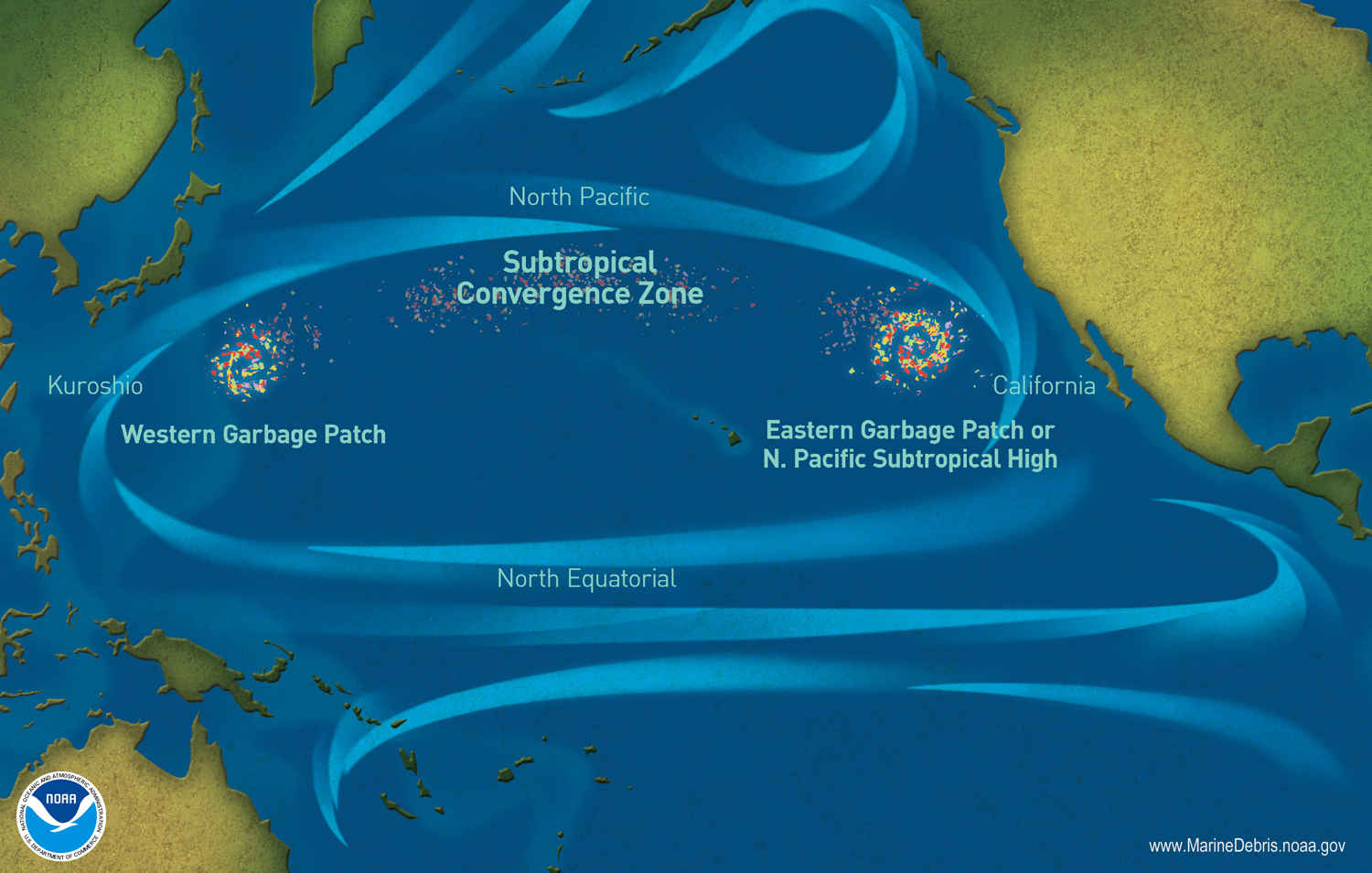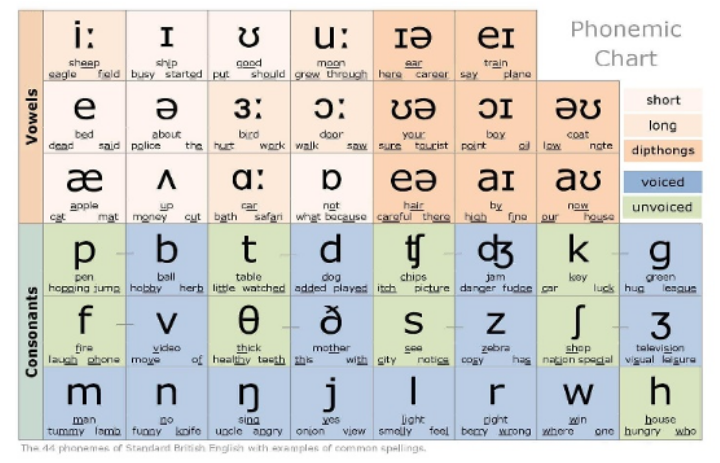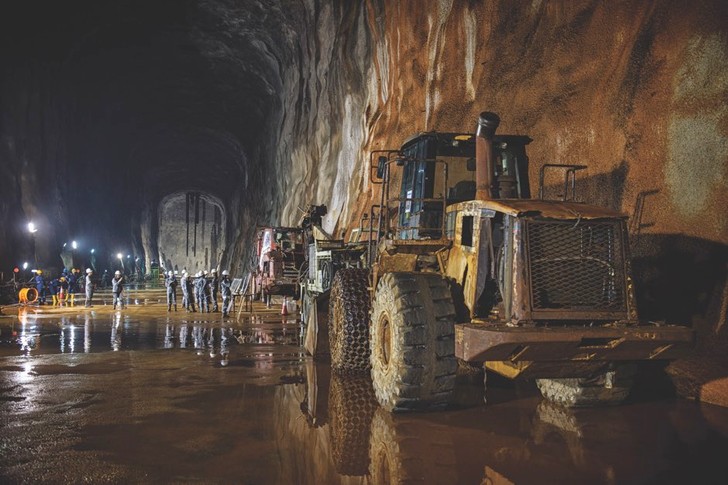2024 DU 1 LDD1 Anglais (S1)
Topic outline
-
-
-
Equipe enseignante
- Aline Boulahcen - aline.boulahcen@universite-paris-saclay.fr
- Nikki Fransès-Jones - nikki.franses-jones@universite-paris-saclay.fr
- Amani Hafez - amani.hafez@universite-paris-saclay.fr
- Philippe Jumel - philippe.jumel@universite-paris-saclay.fr
- Timothy Lorkin - timothy-brian.lorkin@universite-paris-saclay.fr
- Sylvaine Perrichot - sylvaine.perrichot@universte-paris-saclay.fr
- Stéphanie Robilliard - stephanie.robilliard@free.fr
- Michael Stokes - michael.stokes@universite-paris-saclay.fr
-
Besoin d'aide ? Questions / Réponses / Suggestions Open Forum (Foro Abierto)
-
-
-
Modalités de Contrôle des Connaissances
- 1 présentation orale 30%
- 1 projet 20%
- 1 note de participation 20% (i.e. travail à distance, homework, participation orale an classe)
- 1 test final 30%
Assiduité obligatoire: en cas d’absences injustifiées, vous pourrez être considéré comme défaillant.
Après une absence: présentez votre justificatif à votre enseignant au cours suivant. Les absences injustifiées à un test ou un exposé sont notées 0/20. Signalez toute situation particulière à votre enseignant (statut salarié, handicap, traitement médical etc…) dès le premier cours, notamment si un aménagement est prévu.Programmes
Thème d’étude privilégié :
S1 : The Environment - Environmental issues
Grammaire : groupe verbal (rappel) ; groupe nominal (article, quantificateurs) ; syntaxe
Enrichissement lexical
Phonologie : alphabet phonétique (sons voyelles et consonnes), accent de mot
Prise de parole : en continu et en interaction, à travers diverses activités telles que présentations orales, débats, jeux de rôles, discours, etc.
Expression écrite : résumé d’un article / une vidéo, essay -
Eco-Project - What's wrong with the world? And how to fix it?
You will work cooperatively with a group to:
- assess the environmental situation of a city
- present the best environmental initiatives already implemented in this city (with facts and figures)
- choose the 3 important problems that need solving (argue your point) in this city
- present solutions based on environmental initiatives implemented in other cities or that you yourselves have come up with
STEP 1 - Choose the city you want to focus on.
In a group of 3, browse the internet and the national/international press to find cities that faced environmental challenges and find how they overcome these difficulties.
HELP: List issues that cities generally face regarding the environment. Choose one city and gather data to assess the situation (figures, reports...)
Deadline: (to be defined by your teacher for your group)
STEP 2 - Write a press review
In your group, select at least 4 articles and 2 videos (2 documents / student) from the press dealing with environmental issues in a particular city of your choice (in an English-speaking country). The articles/videos should not tackle the same issues.
Each one of you chooses one document (an article or a video) and write a press review (200 words):
- Write an introduction
- Make a presentation on the problem(s) and solution(s) proposed in the article/video
- Write a conclusion to explain why you chose this article
Deadline: (to be defined by your teacher for your group)
STEP 3 - Propose solutions to unsolved issues
Find several issues that the city you chose is facing.
Browse the internet to find solutions or come up with your own solutions to the problem the city of your choice is facing.
Deadline: (to be defined by your teacher for your group)
STEP 4 - Get your presentation ready
You are counseling the city on how to lessen its impact on the environment.
- Present the city (main information) focusing on the environment
- Present the best environmental initiatives in the city you chose (with facts and figures)
- Choose the 3 important problems that need solving (argue your point) in this city
-
-
 Objective:In this Module, you will:
Objective:In this Module, you will:- get familiar with the vocabulary related to climate change (if you are not already familiar with it)
- review the comparative form (basic and complex structures)
- get familiar with the vowel sounds of English
-
Here is an opportunity for you to review the vocabulary of climate change
 Vocabulary activities
Vocabulary activities -
Abrió: sábado, 18 de junio de 2022, 13:30Cerró: sábado, 9 de julio de 2022, 15:30
-
-
-
Here is an opportunity for you to review the vocabulary of water pollution
 Vocabulary activities
Vocabulary activities -
-
-
 Listening activities
Listening activities
ITV News has learned that over two thirds of Brits will avoid swimming or entering our rivers and the sea because of pollution fears.
Last year, water companies in England dumped sewage in our waterways for a total of 3.6 million hours.
That figure was up 54% from the number of sewage spills in 2022.
Contained within the spills is human waste, wet wipes and sanitary products.
-
-
-
-
Here is an opportunity for you to review the vocabulary of plastic pollution
 Vocabulary activities
Vocabulary activities -
The Countries Polluting The Oceans The Most
A team of researchers in the United States and Australia led by Jenna Jambeck, an environmental engineer at the University of Georgia, analyzed plastic waste levels in the world's oceans. They found that China and Indonesia are the top sources of plastic bottles, bags and other rubbish clogging up global sea lanes. Together, both nations account for more than a third of plastic detritus in global waters, according to a report in The Wall Street Journal. The original source data can be found here.
-
-
-

-
 Reading activitiesDocument 1: What and Where Are Garbage Patches?Document 3: What happened to The Ocean Cleanup
Reading activitiesDocument 1: What and Where Are Garbage Patches?Document 3: What happened to The Ocean Cleanup -
 Listening ActivitiesDocument 2:
Listening ActivitiesDocument 2:
LISTENING : Can this project clean up millions of tons of ocean plastic?Document 4:
LISTENING
The Other Source: Where does plastic in the Great Pacific Garbage Patch really come from?
The Ocean CleanupDocument 5:The Ocean Cleanup’s System 03 Captures Record Amounts of Plastic From the Pacific -
Task - Debate
Is it worth spending so much money to clean up our oceans ?
Organisation:
The chairperson will introduce the debate by explaining what garbage patches are and the problems they raise.
One team will focus on why it is a waste of time and money (and can propose other solutions instead) to try and clean up these patches.
One team will defend projects such as the Ocean Cleanup initiative and explain why we have to support them.
-
-
-
Here is an opportunity for you to review the vocabulary of air pollution
 Vocabulary activities
Vocabulary activities
-
-
-
Here is an opportunity for you to review the vocabulary of wildlife and biodiversity
 Vocabulary activities
Vocabulary activities
-
-
-
Here is an opportunity for you to review the vocabulary of Energy - fossil fuels and renewables
 Vocabulary activities
Vocabulary activities
-
-
-
 Listening activities
Listening activities
What Is Green Hydrogen And Will It Power The Future?
introduction- 0’00 -> 2’30 - - the questions raised by hydrogen
- 2’ 30 -> 4’45 - Hydrogen today: hydrogen production - the colours of hydrogen - green hydrogen - private and public investment
- 4’46 -> fuel cells - difference between electric cars and hydrogen-fuelled cars
- 6’25 -> long haul trucking / freight shipping / air travel
- 6’57 -> a slow beginning for hydrogen vehicles
- 7’56 -> the problem of fuelling stations
- 8’40 -> hydrogen efficiency rate and energy density
- 9’36 -> making hydrogen technology more cost-effective
- 9’51 -> the complexity and cost of hydrogen storage
- 10’45 -> storing renewable power
- 12’55 -> batteries v. hydrogen
- 13’28 - Future outlook - the need for governments' intervention and investment.
Can hydrogen help the world reach net zero? | FT Film
https://www.youtube.com/watch?v=v7UwbJ8n9L0
- 00:00 What is Hydrogen
- 00:50 Green Hydrogen
- 02:50 Current uses of hydrogen
- 04:10 The concerns
- 05:00 The Hydrogen rainbow
- 05:51 Emerald Hydrogen
- 07.35 The investors
- 10:50 The policymakers
- 13:40 Green steel
- 17:35 Cleaning up aviation
- 22:15 The hydrogen economy of the future
The truth about hydrogen | DW Planet
(12’07)
https://www.youtube.com/watch?v=AGTjKJHu99c
- 00:00 Intro
- 00:37 What is hydrogen?
- 01:34 How can we use the stuff?
- 04:41 The hydrogen rainbow
- 08:49 No silver bullet
- 10:47 What's next for hydrogen?
-
Building for the future: three eco-cities preparing for overpopulation, rising sea levels and air pollution
As overpopulation and climate change take their toll on our cities, engineers and urban planners are adapting their designs to cope with an uncertain future. -
-
-
How to read and summarize an article
The purpose of a summary is to give the reader a clear, objective picture of the original text. Most importantly, the summary restates only the main points of a text without giving examples or details. The summary is not a copy-paste from the text.PRELIMINARY STEPS1. Make notes of ...
• the subject of the article
• the title
• the author
• the source (and country)
• the date
2. Try to divide the text into sections. Subheadings might help.
3. Highlight important information:
• the main points of each section
• the key support points (providing explanation)
4. Think of synonyms to express the same idea
WRITINGWrite an introductory paragraph that begins with a frame, indicating the source and the author as well as a reporting verb to introduce the main idea. The introductory verb is generally in the present tense.Make a presentation of the problem(s) (if mentioned) and solution(s) proposed in the article/video. Take into account the construction of the article/video.Use linking words that reflect the organisation of the original text(s), for example cause-effect, comparison-contrast, classification, chronological order, etc.Think of reporting verbs to introduce ideas (explain, demonstrate, list, mention, say, add, argue...)Finally, write a conclusion why you chose this article/video or the topic of the article/video.
Your summary should be 1/3 of the length of the article but I do not want you to write more than 250 words.
-
-
-
Learn from Greta :-)
The language used in a speech should be interesting for the listeners.
The acronym A FOREST is an easy way to make sure your language is powerful. It stands for:
• A - alliteration
• F - facts
• O - opinion
• R - rhetorical questions
• E - emotive language
• S - statistics
• T - triples (repeating your point three times, but in different ways)Watch this informative speech by Greta Thunberg to get you in the mood for speech writing:
Examples from Greta's speech
- Alliteration: Protect our peaceful, pleasant planet.
- Fact: Greenhouse gas levels are at an all-time high.
- Opinion: I believe it is important to care for our planet because…
- Rhetorical questions (questions that don’t need an answer): Wouldn’t you want to help?
- Emotive language: Atrocious destruction of our wildlife
- Statistics: In 2019 13,000 hectares of trees were planted in the UK.
- Triples: We must act now! The time to act is here! We have no option but to act!
-
Activity 1 - What makes a speech effective?
Think about these different features of a powerful speech. Can you order them from most to least effective?

Top Tip!
Think carefully. If you were listening to a speech, what technique would make the key points stick in your mind?
For example, some people might find that hearing the key message repeated three times will help them to remember it. -
Activity 2
Read this article all about the world’s top plastic polluters.
Imagine you are giving a short speech to one of the top plastic polluters. You want to persuade them to use less plastic and make changes more quickly.
Use some of the statistics from the article as well as the techniques in the acronym A FOREST to support your opinion.
Top tip!
Think about:
• Who you are addressing
• Your purpose for being there
• How you will open your speech
• Which A FOREST features you will use
• What your closing line will be -
Activity 3 - Delivery
This is part of a speech by former president of the USA John F. Kennedy about the decision to go to the moon.
Read it out loud and think carefully about where you place expression and emphasis to make it sound as meaningful as you can.We choose to go to the moon. We choose to go to the moon in this decade and do the other things, not because they are easy, but because they are hard, because that goal will serve to organize and measure the best of our energies and skills, because that challenge is one that we are willing to accept, one we are unwilling to postpone, and one which we intend to win, and the others, too.
John F. Kennedy
-
-
-
What is a call-to-action video/presentation?
A ‘Call-to-Action’ is the oral presentation that has a direct message informing the audience about the problem and suggests an immediate action.
Preliminary steps
• Gather information to show your audience why the problem you are dealing with is important.
• List the actions your audience can take to make a difference.
• Don't read off your palm cards.• Speak slowly and clearly.Presentation skills
• Maintain eye contact with the audience.
• Maintain good posture so you can be clearly heard.
• Use natural hand gestures.
• Use a natural tone of voice.
• Practice to improve your confidence.
• If you choose to present in pairs, there must be equal speaking time for both speakers.
• Be persuasive in what you say (content/argumentation) and in how you speak (style/tactics to convince).
• Your teacher needs to validate your choice of topic or any change of topic.
-
PRACTICE
Watch the videos and consider what a call-to-action video is.
Ask yourself the following questions?What makes it convicing?How to make it more powerful?Who is being addressed?Are the actions relevant considering who the audience is?
-
-
-
-
-
-
Comparatives and Superlatives
-
-
-
Here are a few links to become familiar with and get ready for the exercises of the finals.
-

 Reading activities
Reading activities Reading activities
Reading activities Listening activities
Listening activities Grammar activities
Grammar activities Phonology activities
Phonology activities
 Listening activities
Listening activities Reading activities
Reading activities Listening activities
Listening activities Reading activities
Reading activities Reading activities
Reading activities Listening activities
Listening activities Reading activities
Reading activities Listening activities
Listening activities Listening activities
Listening activities Reading activities
Reading activities Reading activities
Reading activities Listening activities
Listening activities Listening activities
Listening activities Listening activities
Listening activities Reading activities
Reading activities Reading activities
Reading activities Listening activity
Listening activity
 Reading activity
Reading activity Listening activities
Listening activities Reading activities
Reading activities Listening activities
Listening activities Listening activities
Listening activities Reading activities
Reading activities Listening activities
Listening activities
 Reading activities
Reading activities Reading activities
Reading activities


 Phonology activities
Phonology activities